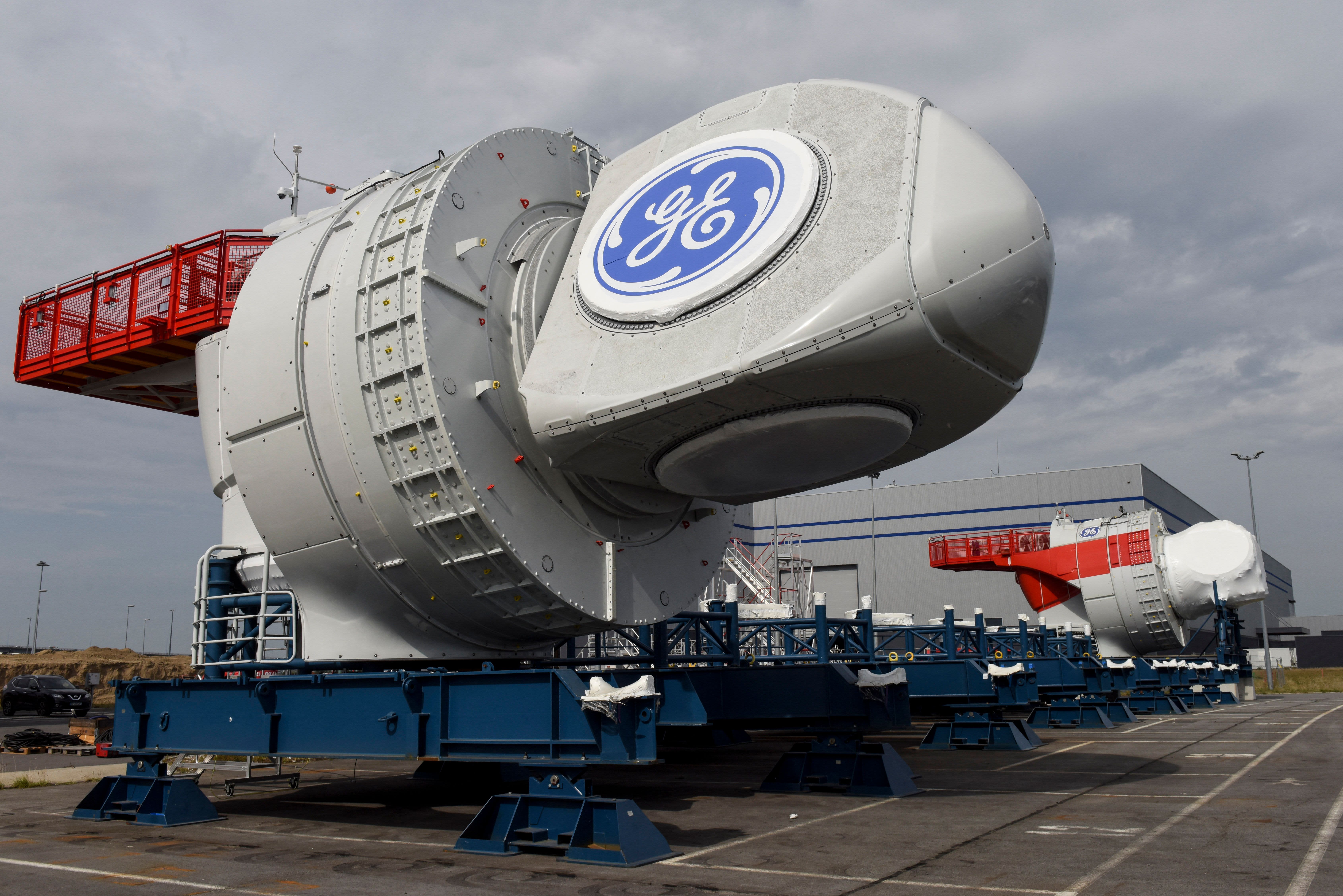GE to Provide Turbines for the Largest Wind Project in the Western Hemisphere

The global renewable-energy giant Pattern Energy will purchase hundreds of turbines from a business being spun off, for the largest wind project in the Western Hemisphere, as part of a massive equipment order and long-term service agreement.
On Tuesday, GE Vernova officials announced the largest onshore wind turbine order received by the company, both in terms of quantity and the amount of electricity that the 674 turbines will eventually generate when the SunZia Wind Project comes online in 2026.
The SunZia wind farm and its associated transmission line, which will transport power to western markets, are currently under construction. Pattern Energy recently secured $11 billion in funding for the projects.
The SunZia project, a massive energy infrastructure initiative, is viewed as a crucial undertaking by backers. The project has attracted substantial financial investment and is expected to increase the percentage of renewable energy sources in the country, as state and federal energy mandates continue to escalate.
Some Native American tribes and environmentalists are concerned about the location of a 50-mile segment of the transmission line that will pass through Arizona's San Pedro Valley, despite the federal government's approval of the siting. Tribal leaders believe that more consultation should have been done.
The Energy Department reported in December that private companies have invested over $180 billion in new or expanded clean energy manufacturing projects across the country, including wind turbine development. GE is among the companies that have benefited from tax credits in the Inflation Reduction Act.
By year's end, the American Clean Power industry group anticipates that less land-based wind will be added in the U.S., which is enough to power approximately 2.7 million to 3 million homes.
Government incentives are currently being exploited by companies, but it may take several years for projects to become operational, according to the industry group.
The construction of the SunZia Wind Project is currently underway in rural New Mexico, with crews already building concrete platforms to support the turbines. Developers anticipate that the first turbines will be erected this autumn.
The project will serve as a backbone for a cleaner, more reliable grid for customers across the western U.S. Pattern Energy CEO Hunter Armistead stated that the company has already signed long-term power purchase agreements with Shell Energy North America and the University of California for a portion of the electricity that will be generated.
The construction of SunZia is progressing rapidly, with the use of American-made turbine components, resulting in the creation of numerous high-paying jobs, contributing significantly to the expanding clean energy sector, as stated by Armistead.
GE Vernova will source its large order from its factory in Pensacola, Florida, as well as its tower manufacturing operations in New Mexico, Colorado, and Texas. A total of 15 suppliers are involved in providing the necessary parts for each turbine.
The wind business venture was deemed historic by Vic Abate, the company's president and CEO.
GE Vernova's ability to deliver on our workhorse strategy in onshore wind is demonstrated by this project, which produces fewer variants in large quantities at scale to drive quality and reliability across the fleet for our customers, as stated.
In all, the company has more than 55,000 turbines installed worldwide.
For the past 18 months, the company has collaborated with Pattern Energy on optimizing turbine performance in central New Mexico through site layouts, while also ensuring the supply chain can meet manufacturing requirements.
The financial arm of GE Vernova provided a tax equity loan commitment to help solidify financing for a project involving interconnection with the transmission line.